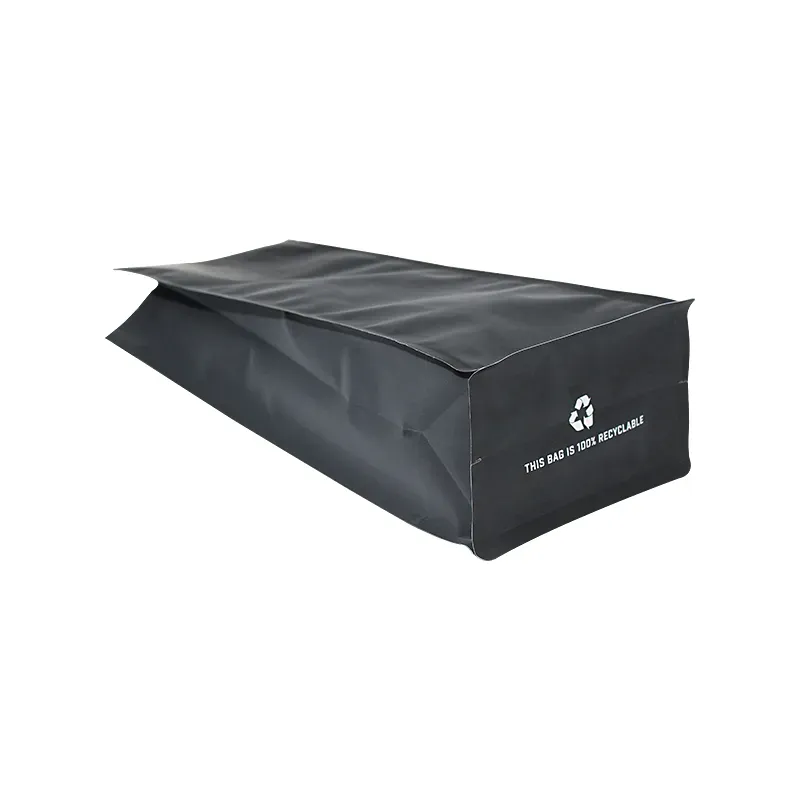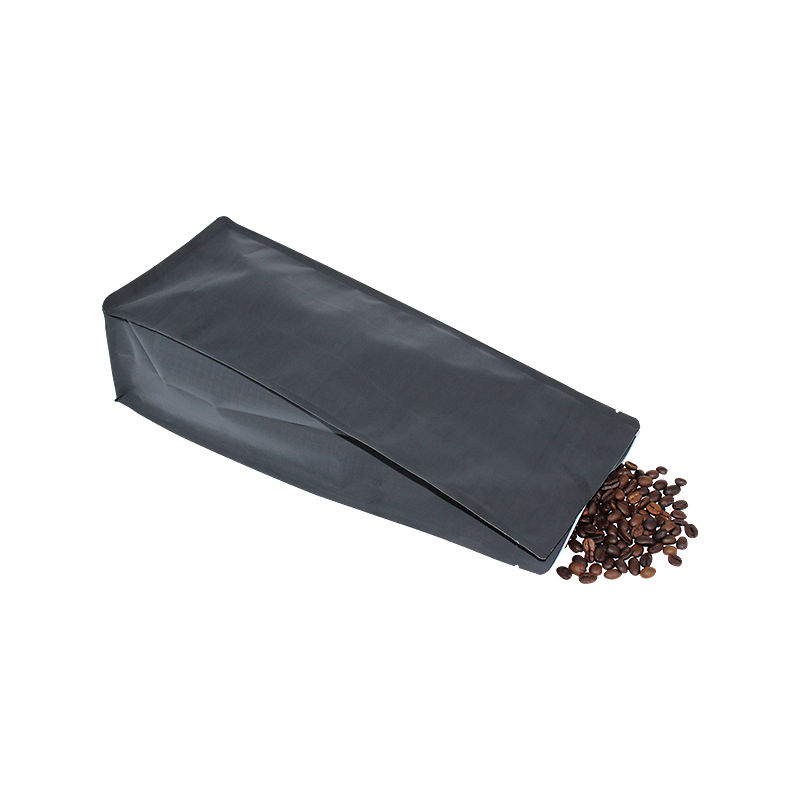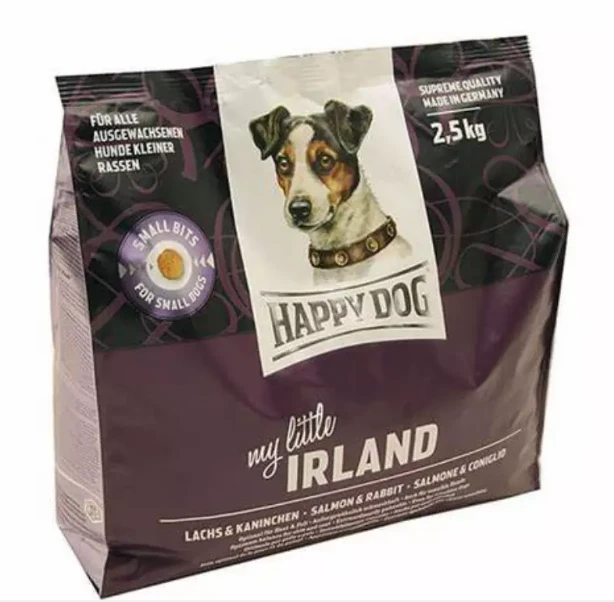- Afrikaans
- Albanian
- Amharic
- Arabic
- Armenian
- Azerbaijani
- Basque
- Belarusian
- Bengali
- Bosnian
- Bulgarian
- Catalan
- Cebuano
- chinese_simplified
- chinese_traditional
- Corsican
- Croatian
- Czech
- Danish
- Dutch
- English
- Esperanto
- Estonian
- Finnish
- French
- Frisian
- Galician
- Georgian
- German
- Greek
- Gujarati
- haitian_creole
- hausa
- hawaiian
- Hebrew
- Hindi
- Miao
- Hungarian
- Icelandic
- igbo
- Indonesian
- irish
- Italian
- Japanese
- Javanese
- Kannada
- kazakh
- Khmer
- Rwandese
- Korean
- Kurdish
- Kyrgyz
- Lao
- Latin
- Latvian
- Lithuanian
- Luxembourgish
- Macedonian
- Malgashi
- Malay
- Malayalam
- Maltese
- Maori
- Marathi
- Mongolian
- Myanmar
- Nepali
- Norwegian
- Norwegian
- Occitan
- Pashto
- Persian
- Polish
- Portuguese
- Punjabi
- Romanian
- Russian
- Samoan
- scottish-gaelic
- Serbian
- Sesotho
- Shona
- Sindhi
- Sinhala
- Slovak
- Slovenian
- Somali
- Spanish
- Sundanese
- Swahili
- Swedish
- Tagalog
- Tajik
- Tamil
- Tatar
- Telugu
- Thai
- Turkish
- Turkmen
- Ukrainian
- Urdu
- Uighur
- Uzbek
- Vietnamese
- Welsh
- Bantu
- Yiddish
- Yoruba
- Zulu
cereal design box
The Art of Cereal Box Design A Visual Feast for Consumers
Cereal is more than just a breakfast staple; it is a canvas for creativity, a blend of marketing savvy and visual appeal. The design of cereal boxes plays a critical role in attracting customers, especially in a market saturated with countless options. A well-designed cereal box can entice consumers, evoke emotions, and even influence dietary choices. This article explores the significance of cereal box design, its key elements, and its impact on consumer behavior.
The Importance of Cereal Box Design
Cereal box design goes beyond mere aesthetics; it is a crucial element of branding and marketing. A striking box captures attention on crowded supermarket shelves, often determining whether a customer chooses one product over another. Given that many buyers make quick decisions, especially when shopping for groceries, the visual impact of a cereal box can be decisive. Bright colors, unique shapes, and appealing graphics create an immediate impression, making the product memorable.
Furthermore, cereal boxes serve as a medium for storytelling. Many brands create narratives around their cereals, often portraying themes of adventure, health, or nostalgia. For instance, some cereals are frequently marketed as a healthy choice for families, focusing on whole grains, added vitamins, or low sugar content. The information presented on the box not only reflects the product inside but also builds a connection with consumers, tapping into their desires for health, comfort, and enjoyment.
Key Elements of Cereal Box Design
1. Color and Graphics Color plays a pivotal role in attracting consumers. Vibrant, eye-catching hues can create excitement and energy, while softer tones may suggest a more health-conscious option. Additionally, graphics that feature playful characters, mascots, or animations can engage children and spark their interest. For instance, characters like Tony the Tiger or Snap, Crackle, and Pop have become iconic not only for their branding but also for their ability to create loyalty among young consumers.
2. Typography The font used in cereal box design can significantly impact readability and brand perception. Bold, playful fonts may resonate well with children, while sleek, minimalist typography may appeal to adults who prioritize health and nutrition. The strategic use of typography helps convey the right message about the product's positioning in the market.
cereal design box

3. Information and Labels Cereal boxes are often filled with enticing information about the product, including nutritional facts, ingredients, and claims. With growing health consciousness among consumers, brands are increasingly transparent about what goes into their cereals. Eye-catching labels such as “gluten-free,” “organic,” or “high in fiber” can influence purchasing decisions. The challenge lies in balancing information with attractiveness—ensuring it is informative without overwhelming the potential buyer.
4. Shape and Structure The physical design of the cereal box can also be a selling point. Unique box shapes or innovative openings can create a tactile experience, making the product stand out. Some brands experiment with resealable bags or containers, offering convenience along with visual appeal.
5. Sustainability In recent years, there has been a growing emphasis on environmentally friendly packaging. Consumers are increasingly making choices based on sustainability efforts. Cereal brands that focus on biodegradable packaging or minimalistic designs that reduce waste often attract eco-conscious buyers.
The Psychological Impact of Design
The psychological impact of cereal box design cannot be underestimated. Studies have shown that consumers often associate bright colors with sweetness and energy, which can lead to a positive perception of the product. Moreover, the emotional connections formed through clever branding and relatable themes can lead to brand loyalty. When consumers feel part of a story or nostalgia associated with a particular cereal, they are more likely to return to that product.
Conclusion
Cereal box design is a multifaceted discipline that combines art, marketing, and psychology. It is not just about making a box look good; it's about telling a story, conveying a brand's values, and influencing consumer behavior. In a world where choices are abundant and attention spans are short, a compelling cereal box can make all the difference. As the market continues to evolve, the importance of thoughtful, innovative, and sustainable cereal box design will only grow, ensuring that breakfast remains not just a meal, but an experience.













